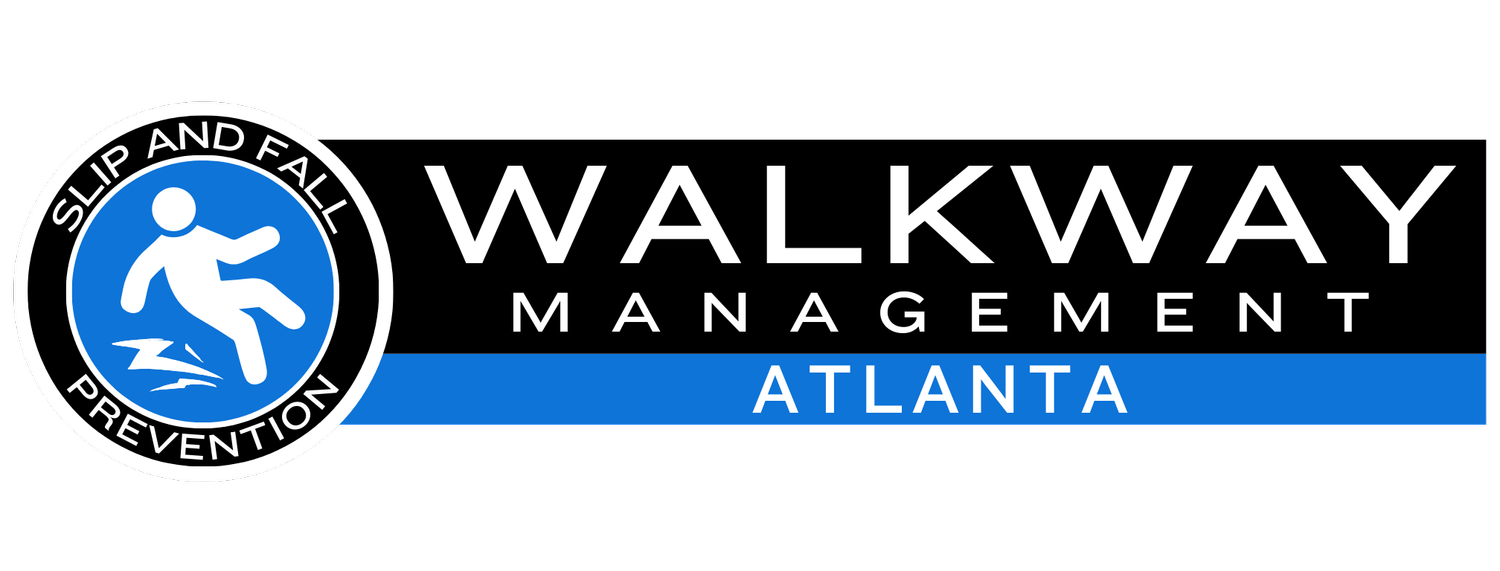Frequently Asked Questions about ANSI A326.3-21
FAQs regarding ANSI A326.3-21
What is the difference between DCOF and Slip Resistance?
Slip resistance and DCOF are not synonymous terms.
From the ANSI A326.3 standard: Dynamic Coefficient of Friction (DCOF) is the ratio of the force necessary to keep a surface in motion sliding over another surface, divided by the weight (or normal force) of the sliding object. Different contaminants such as dirt, water, soap, oil, or grease can change this value.
There are many factors that affect the possibility of a slip occurring on a surface, including, by way of example, but not in limitation, the following: the material of the shoe sole and the degree of its wear; the presence and nature of surface contaminants; the speed and length of stride at the time of a slip; the physical and mental condition of the individual at the time of a slip; whether the floor is flat or inclined; how the hard surface flooring material is used and maintained; and the DCOF of the material, how the flooring surface is structured, and how drainage takes place if liquids are involved. Because many variables affect the risk of a slip occurring, the measured DCOF value shall not be the only factor in determining the appropriateness of a hard surface flooring material for a particular application.
Summarizing the above, DCOF can be helpful in comparing surfaces, but it does not predict the likelihood a person will or will not slip-on a given surface, and it is not synonymous with slip resistance.
What are the five classifications of the new product use categories?
The American National Standards Institute (ANSI) A326.3 standard was revised, balloted and approved in 2021 with a product use classification system, where products are classified into one or more of five categories based on their slip resistance properties:
Interior, Dry;
Interior, Wet;
Interior, Wet Plus;
Exterior, Wet;
Oils/Greases.
What are the specific requirements for each of the new product use categories?
The specific requirements for each product use category are found in Section 4 of the ANSI A326.3- 2021.
Interior, Dry ID ≥ 0.42 dry DCOF* (per Section 4.1.1) or Manufacturer-Declared
Interior, Wet IW ≥ 0.42 wet DCOF* (per Section 4.1.2) or Manufacturer-Declared
Interior, Wet Plus IW+ ≥ 0.50 wet DCOF* (per Section 4.1.3) or Manufacturer-Declared
Exterior, Wet EW ≥ 0.55 wet DCOF* (per Section 4.1.4) or Manufacturer-Declared
Oils/Greases O/G ≥ 0.55 wet DCOF* (per Section 4.1.5) or Manufacturer-Declared
What does "manufacturer-declared" mean?
“Manufacturer-declared” refers to Section 3.4 of the ANSI A326.3 standard which states the following:
Manufacturer shall declare product use classification based on manufacturing parameters, internal quality control criteria, their experience with similar surfaces, and the criteria in this standard for all surfaces classified under Sections 4.1.3, 4.1.4, and 4.1.5 [respectively, “Interior, Wet Plus,” “Exterior, Wet,” and “Oils/Greases,”], mosaic surfaces, and flooring where surface structure (e.g. three-dimensionally patterned or profiled surfaces) results in misleading DCOF measurements due to test device constraints. Optionally, surfaces classified under Section 4.1.2 [“Interior, Wet”] shall also be permitted to be manufacturerdeclared. Hard surface flooring manufacturer shall define internal product selection criteria (for example, but not in limitation, DCOF limit values established using this test method or other test methods, internal reference standards and practices, and/or the presence of abrasive grain and/or surface structure) for each product where the manufacturer-declared product use classification is not based on DCOF criteria developed per this standard. Regardless of declared product use classification, specifier shall determine materials appropriate for specific project conditions, considering by way of example, but not in limitation, type of use, traffic, expected contaminants, expected maintenance, expected wear3 , and manufacturers’ guidelines and recommendations. [Text in brackets is not part of the standard and has been added for clarity. For footnotes, see the A326.3 standard.]
Can manufacturers classify their products into more than one product use category? Is there a limit on the number of categories that can be applied to one product?
To meet the standard, hard surface flooring products shall be classified into one or more of the provided categories, i.e., whatever categories are applicable. As an example, a product classified as “Interior, Wet Plus” would likely also be classified “Interior, Dry” and “Interior, Wet”.
What about surfaces that have been coated with another material?
From the A326.3 standard:
"Hard surface flooring materials which have a coating applied after firing (for ceramic manufactured products), after fabrication (for non-ceramic manufactured products), or after installation of flooring materials onsite shall only be used in areas that can be kept dry, unless otherwise declared by the coating’s manufacturer. If testing data is required after a coating is applied, use the test method specified by the manufacturer, or the dry testing procedure in this standard [A326.3] if no test method is specified by the manufacturer of the coating."
What impact does the revised A326.3 standard have on achitects, designers and consumers?
The classification system in A326.3 communicates where the manufacturer of the product expects the product can be used based on slip resistance-related criteria, under the conditions specified in the standard, and subject to final determination by the specifier based on actual project conditions. Further, the standard provides possible areas of use for the specifier’s consideration. This provides architects, specifiers, interior designers, and consumers in general with information from the manufacturer to help choose appropriate hard surface flooring products, ultimately benefiting all end-users of flooring through better choices.
Are there any additional considerans for specifiers to take into account?
Yes. Per the standard, specifiers must consider a variety of factors when determining hard surface flooring materials appropriate for specific project conditions. Some considerations include, but are not limited to, type of use, traffic, expected contaminants, expected maintenance, expected wear, and manufacturers’ guidelines and recommendations.
Do the ANSI A326.3 new product use classifications just apply to ceramic tile?
No, ANSI A326.3 is a hard surface flooring material standard.
How is ANSI A326.3 already being used?
ANSI A326.3 is relied upon as a test method to provide repeatable, precise DCOF test data. Previously, in the 2017 version of the standard, hard surface flooring materials needed to have a minimum Dynamic Coefficient of Friction (DCOF) of at least 0.42 for level interior floors expected to be walked upon when wet with water.
In addition, the 2017 version is referenced in the IAPMO Uniform Swimming Pool, Spa, and Hot Tub Code. More information can be found here. Additionally, the next cycle of ICC’s International Swimming Pool and Spa Code (which will be published in 2024) references the 2017 version of ANSI A326.3. Presumably, both codes will be updated in the future to the 2021 version or potentially a subsequent version

